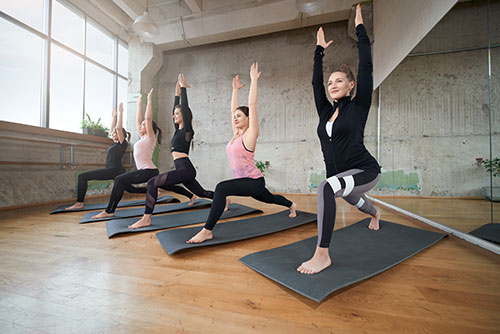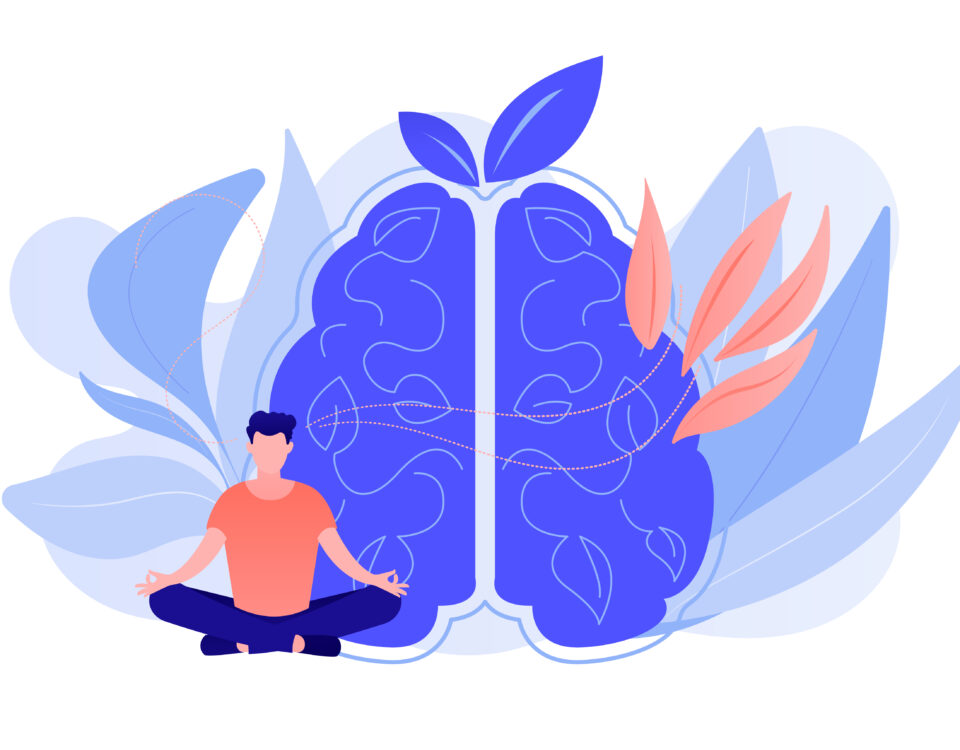
Are you playing Golf? … These may be steps towards a healthier life, happiness and longevity
April 3, 2021
Rare disease digital hope – Active research participation by patients and caregivers lead knowledge sharing – A truly global effort for change
April 11, 2021Yoga and stretching exercises beneficial for patients suffering through chronic low back pain
At some point in life many of us suffer through low back pain. It is a very common cause for an individual’s visit to a physician. Low back pain could begin suddenly possibly due to injury or may develop overtime as we age.
Acute or short-term back pains usually last a few days or few weeks but some individuals could develop low back pain of chronic nature and symptoms may persist for many months.
Chronic low back pain can result from prior injury but it is usually age related; however, some other causes which may lead to the development of chronic low back pain may include, arthritis of spine (occurs due to gradual thinning of cartilage inside the spine), disc problems, myofascial pain syndrome (unexplained muscle pain and tenderness), spinal stenosis (narrowing of spinal canal that may lead to nerve pain), obesity or overweight, smoking (it affects the blood flow and can lead to early degenerative changes in spine), stress, anxiety, depression, and heavy weight lifting and back pack overload in children etc.
Chronic low back pain can severely affect one’s quality of life can be very frustrating. For the treatment of chronic low back pain physicians usually first give preference to simple low-cost treatment options before moving on to more aggressive approaches. Experts suggest that life style interventions can play a crucial role in managing low back pain such as exercise, mindfulness and meditation (cognitive and relaxation strategies such as yoga), healthy diet intake, quitting smoking, weight control and stress management etc.
Chronic low back pain is a common problem and despite the availability of numerous treatment options, still there is a need to explore highly effective treatment options which are cost effective too. Researchers expected that self-management strategies like different forms of exercises e.g. yoga and conventional stretching exercises could be beneficial for managing chronic low back pain. Moreover, these strategies are inexpensive and accessible and may have beneficial effects on health beyond those for back pain.
Some studies suggest that yoga may have benefits for this condition and health experts expected that yoga might be an especially promising form of exercise as it includes mental component that could enhance the benefits of its physical components. Thus, a group of researchers conducted studies with an objective to determine whether yoga is more effective than conventional stretching exercises or a self-care book for primary care patients with chronic low back pain.
[Yoga as exercise is a physical activity consisting mainly of postures, often connected by flowing sequences; sometimes accompanied by breathing exercises and frequently ending with relaxation, lying down or meditation. The purpose of yoga is to build strength, awareness and harmony in both mind and body.]
[Stretching exercise is a form of physical exercise in which specific muscle or tendon is deliberately flexed or stretched in order to improve muscle elasticity and tone. Stretching keeps muscles flexible and strong; flexibility is needed to maintain a range of motion in joints.]
To conduct the study, a total of 228 adult participants with chronic low back pain were allocated to yoga (92 patients), conventional stretching exercises (91 patients) or a self-care book (45 patients) groups, respectively. A series of 12 weekly, 75-minute yoga and stretching classes were held which were designed for people with chronic low back pain unaccustomed to yoga or stretching. Furthermore, participants were asked to practice 20 minutes on non-class days and were given handouts and CDs or DVDs to assist in this. Whereas self-care book participants received, ‘The Back Pain Helpbook’, which provides information on the causes of back pain and advice on exercising; making appropriate lifestyle modifications and managing flare-ups.
During the study back-related functional status [it refers to ability to physically perform activities such as self-care, being mobile and independence at home or in the community] through a questionnaire; and bothersomeness of pain through an 11-point numerical scale [‘The Numerical Pain Rating Scale’ is a subjective measure in which individuals rate their pain on an 11-point numerical scale. The scale is composed of 0(no pain at all) to 10 (worst imaginable pain)] were assessed. Moreover, the outcomes were assessed at baseline, 6, 12 and 26 weeks by interviewers unaware of treatment group.
The study showed that at 12-week outcomes for the yoga group was superior to those for the self-care group; and at 26 weeks function for the yoga group remained superior. However, yoga was not superior to conventional stretching exercises at any time point.
Thus, the researchers concluded that yoga classes were more effective than self-care book, but not more effective than stretching classes in improving function and reducing symptoms due to chronic low back pain with benefits lasting at least several months. Researchers commented that they found that physical activity involving stretching regardless of whether it is achieved using yoga or more conventional exercise has moderate benefits in individuals with moderately impairing low back pain. Finding similar effects for both approaches suggest that yoga’s benefits were largely attributable to physical benefits of stretching and strengthening the muscles and not to its mental components. They further commented that yoga and stretching are reasonable treatment options for persons who are willing to engage in physical activities to relieve moderately impairing back pain. However, future studies are needed to determine the usefulness of these interventions for more severely impaired patients and those of lower socioeconomic status.
REFERENCE:
A Randomized Trial Comparing Yoga, Stretching, and a Self-care Book for Chronic Low Back Pain
https://jamanetwork.com/journals/jamainternalmedicine/fullarticle/1106098


